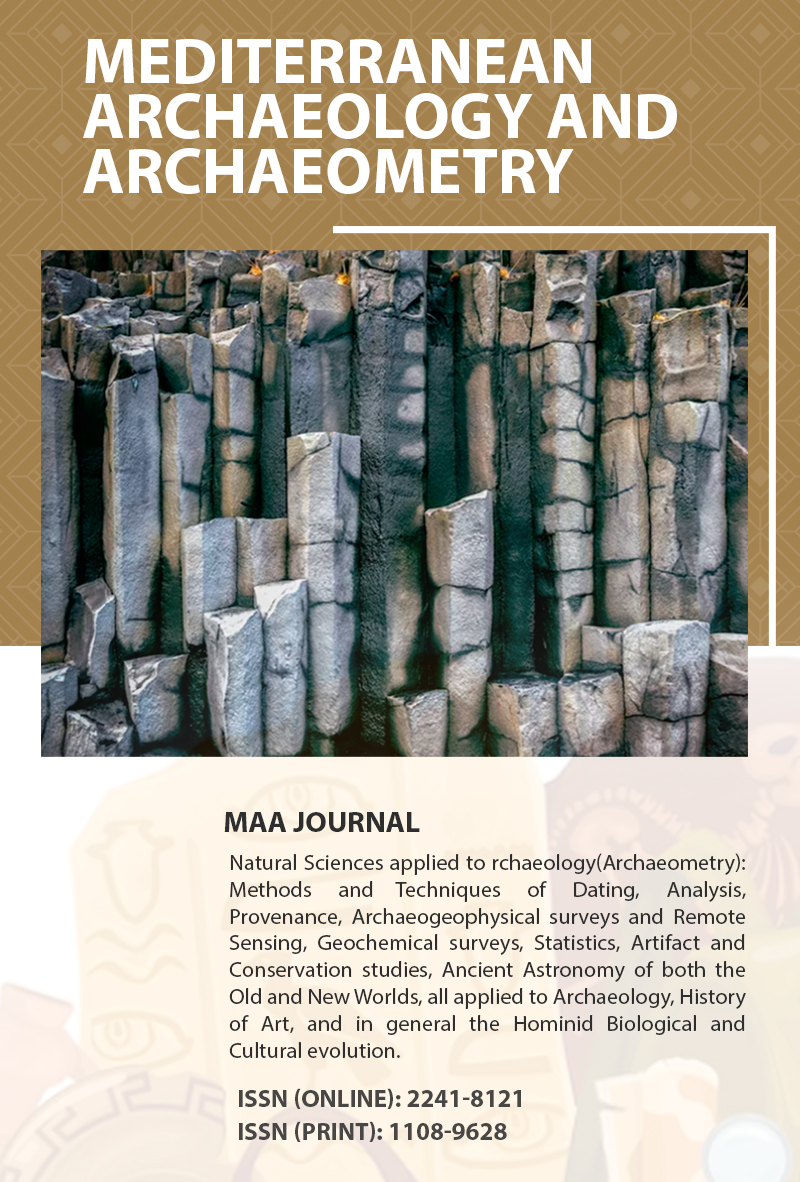Investigating Production Technology and Raw Material Sourcing in 17th-Century Bricks of Ghar El Melh Fortress (Tunisia) Through Geoarchaeological Analytical Techniques
Keywords:
Mediterranean Architectural Heritage, 17th-Century Bricks, Firing Temperature, Clays Minerals, Petrophysical Characterisation, Polarizing Microscope, XRD.Abstract
This study aims to characterise the historical bricks used in the construction of the fortress of Ghar El Melh "El Borj El Loutani", dating back to the 17th century, with the focus on identifying the raw materials used in their manufacture. Understanding these materials is not only of historical significance but also critical for future restoration efforts, ensuring compatibility with the original bricks. Petrographic, mineralogical, chemical, and petrophysical analyses were conducted on three historical brick varieties. Additionally, granulometric, mineralogical, and chemical analyses were also performed on seven clays sourced from local outcrops. Results show that bricks share a similar mineralogical composition characterized by the presence of quartz and neoformed minerals (gehlenite, diopside, and anorthite), indicating the presence of a significant amount of carbonate in the initial mixture and leading to deduce that the firing temperature ranges from 800 up to 900°C. Analysis confirm that the raw material used for manufacturing the studied bricks originates from Raf-Raf formation. Notably, quartz grains are not included as a degreasing agent but are integral to the raw material itself. In summary, this research underscores the significance of geological techniques in identifying the raw materials and elucidating the brick manufacturing technology employed during the 17th century in Tunisia. These findings offer valuable insights for preservation and restoration projects.










